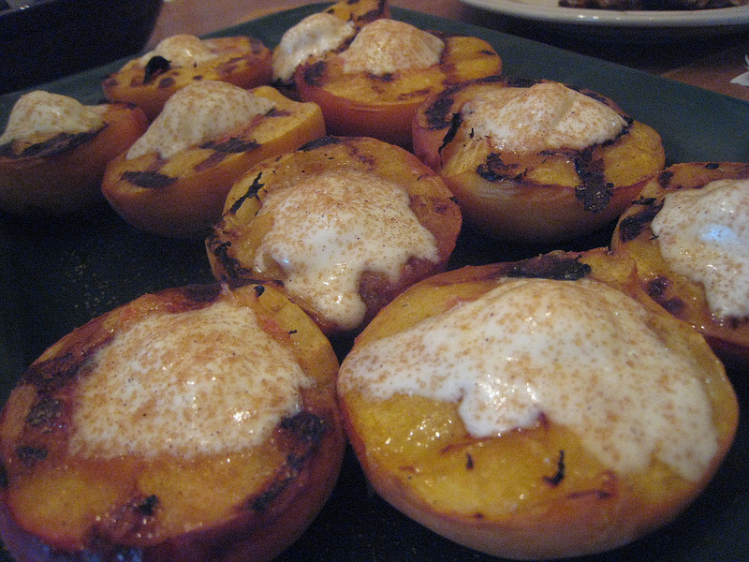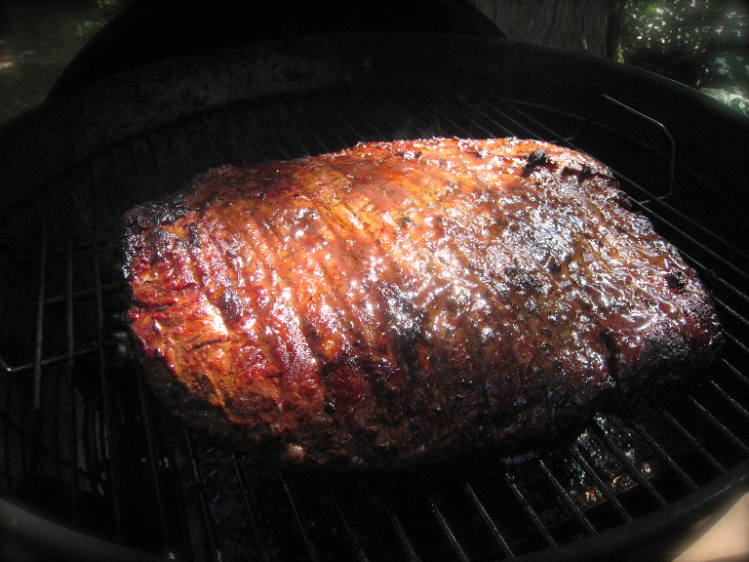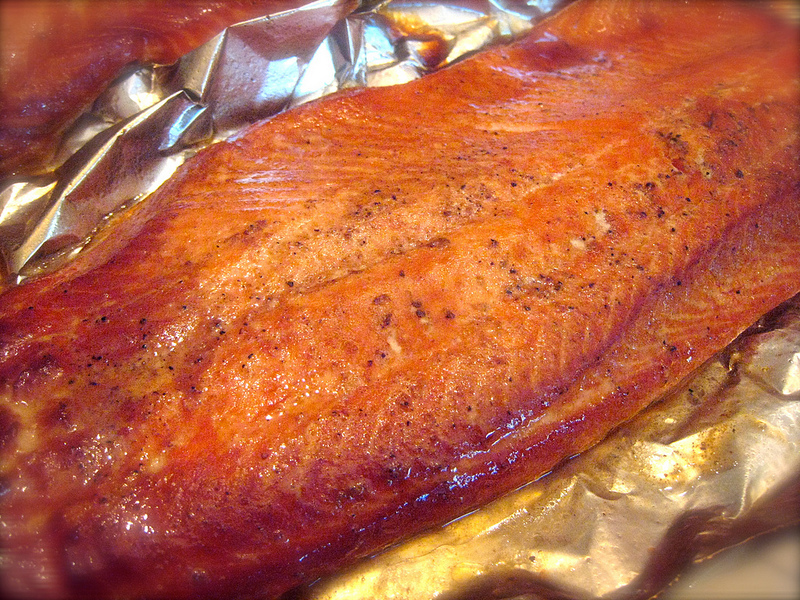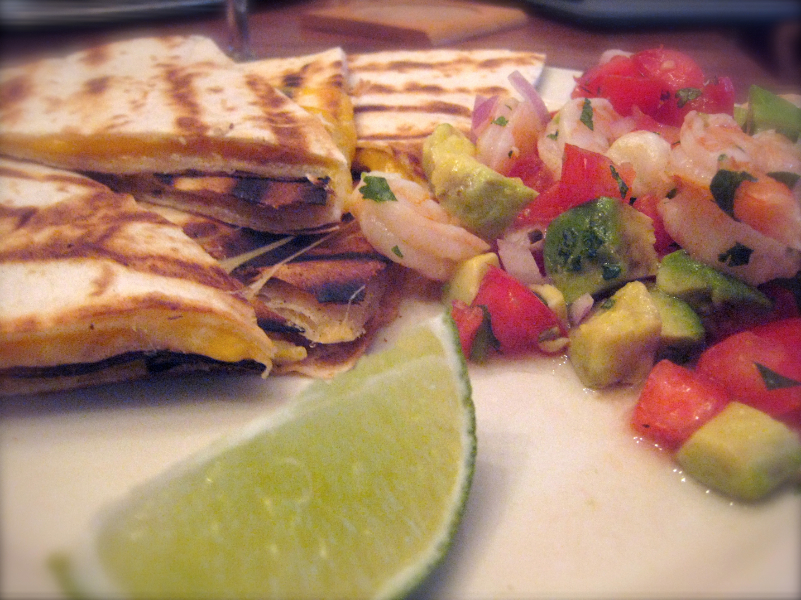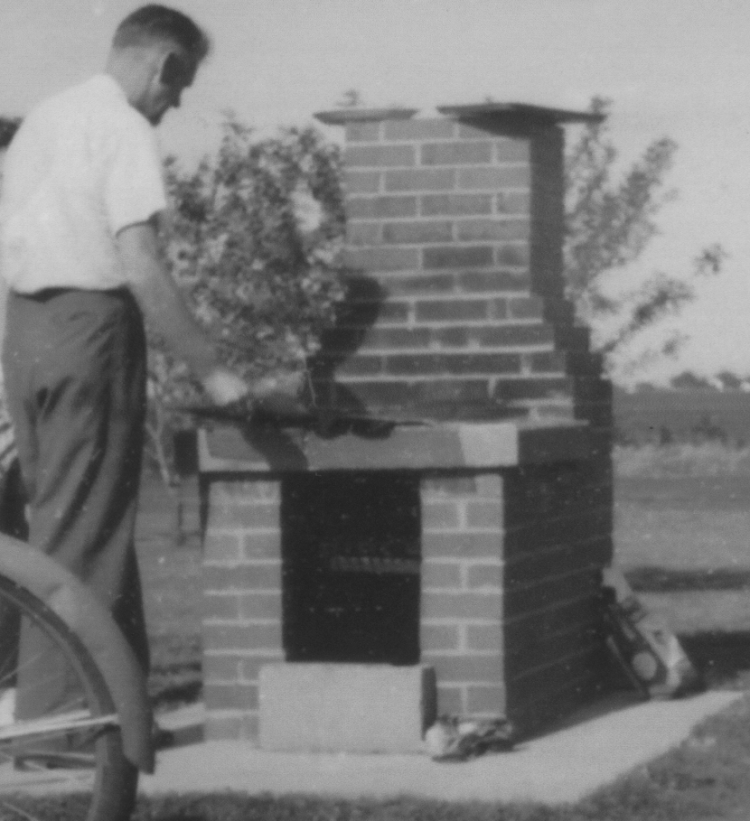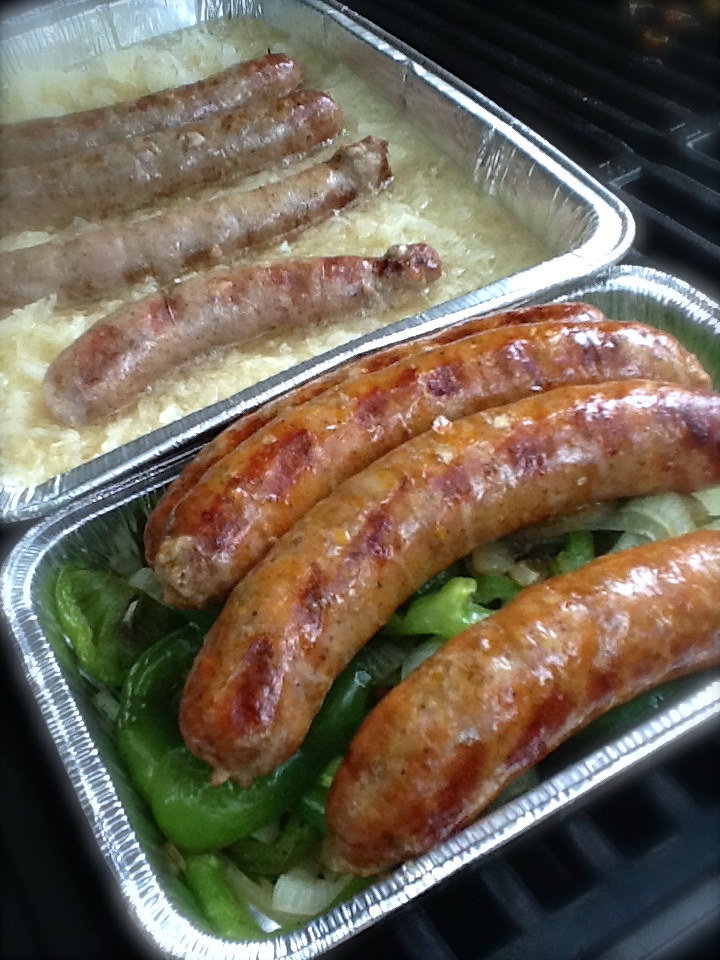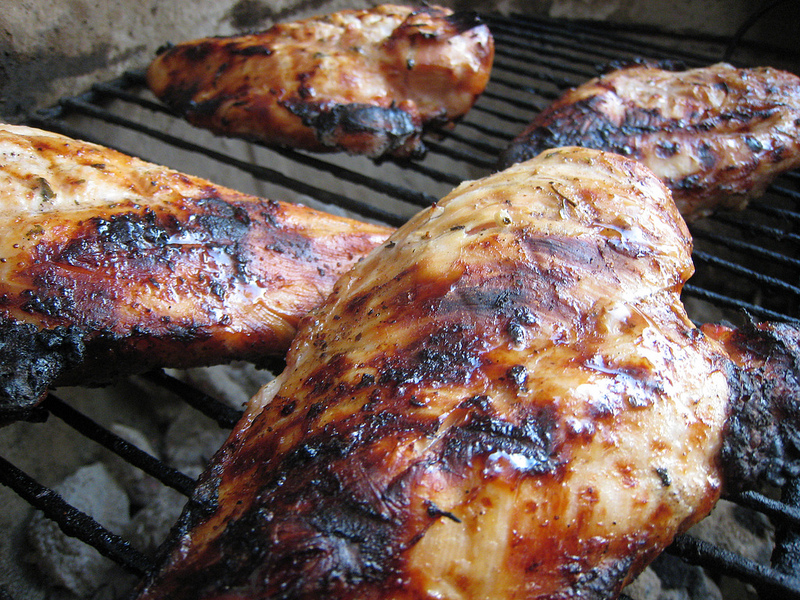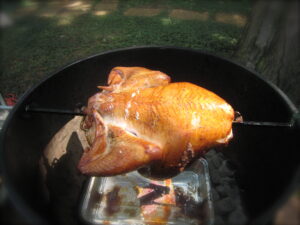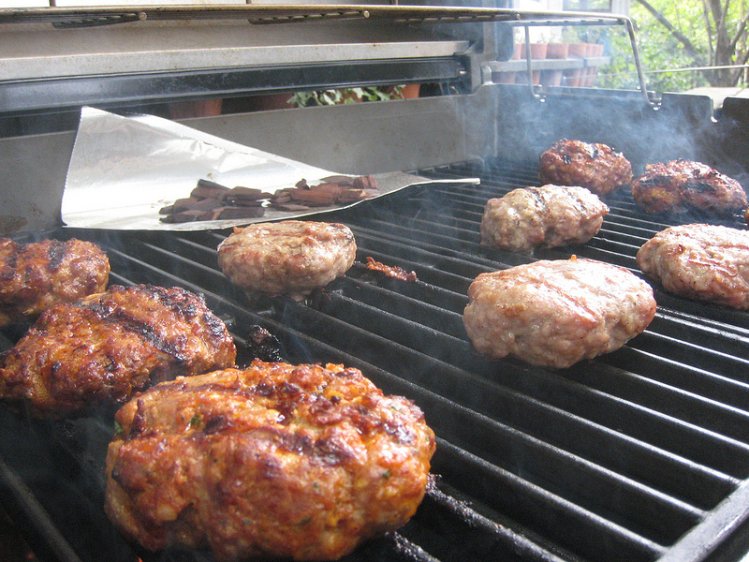
Here’s another recipe from Chef Purviance that I’ve grilled twice in the past few months, most recently for Sunday Dinner. I don’t make the Jalepeno slaw, but the Chorizo/Pork burgers are a delightful departure from typical burger fare. I also make some of the patties without Chorizo for my daughter and others who don’t like as much spice.
